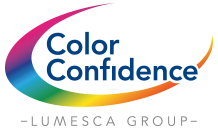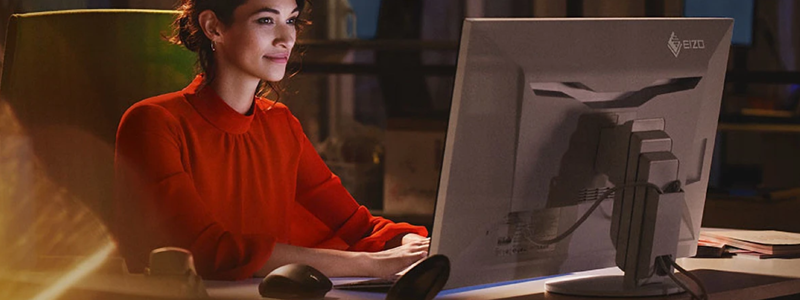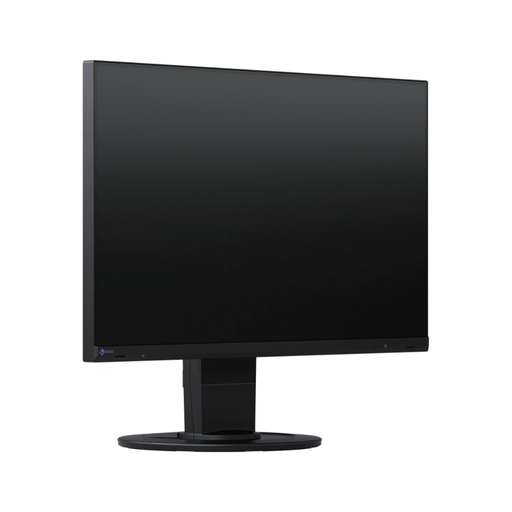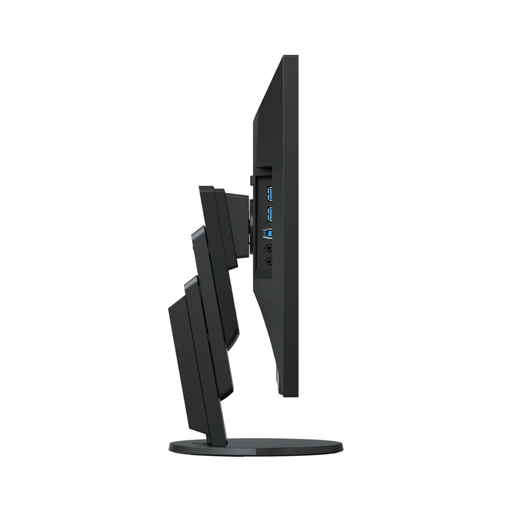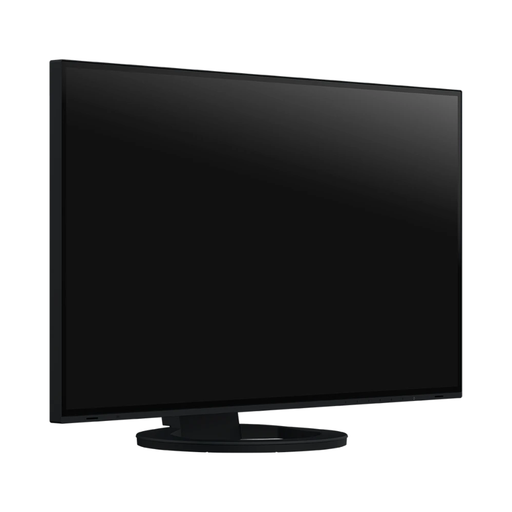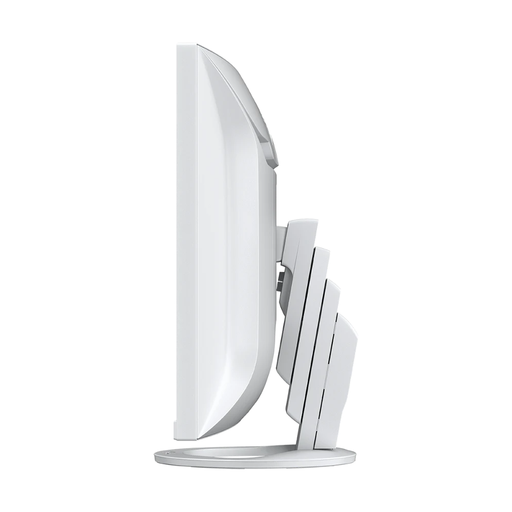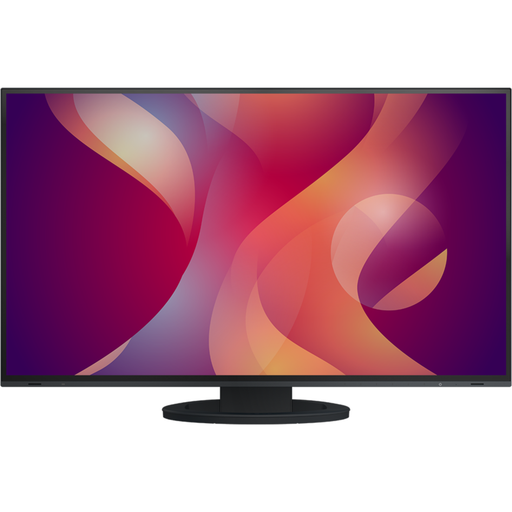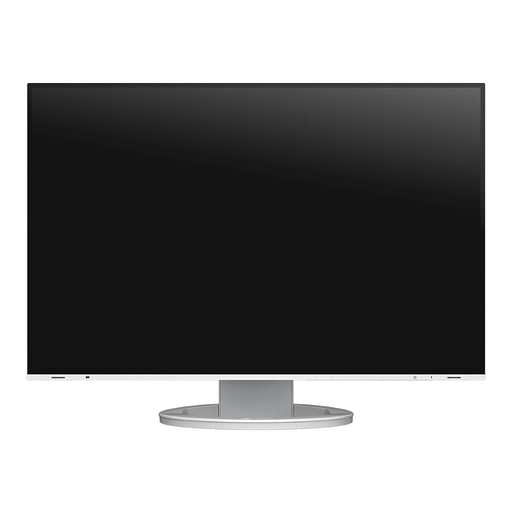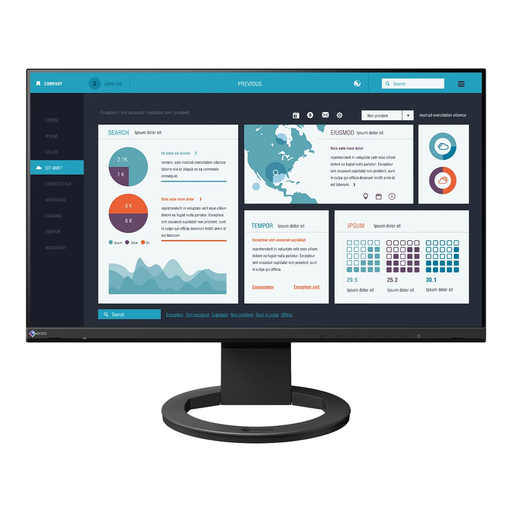Why EIZO?
EIZO is the Japanese word for "image". EIZO have
innovated, developed, and produced high-end monitors for more than 50 years.
Our experts have more than 30 years of knowledge in colour accuracy and a close
relationship with EIZO, who provide a five-year warranty and exceptional after-care.
At Color Confidence we are here to help you, so if you need advice, we are just
a phone call away.
